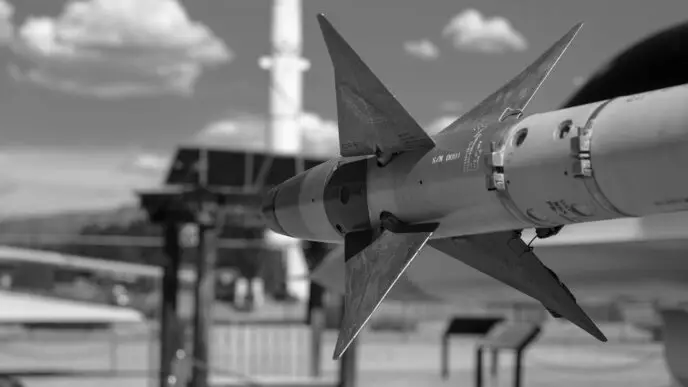Historic Spike in Bear Attacks Triggers Military Response in Japan
Unprecedented Rise in Bear Attacks Alarms Japan
In an unprecedented development, Japan has witnessed a historic surge in bear attacks, triggering a military response to curb the escalating wildlife crisis. Poor harvests and a dwindling hunter population have exacerbated the situation, particularly in northern prefectures like Akita and Fukushima. The alarming rise in bear incursions into human settlements is being seen as a fallout of these factors.
The country, known for its active wildlife conservation efforts, is grappling with a unique wildlife-human conflict, which has necessitated the deployment of Japan’s military, the Self-Defense Forces (SDF). This escalation marks a significant departure from the nation’s traditional approach to wildlife management and reflects the urgency and magnitude of the crisis.
Wildlife Crisis: A Confluence of Factors
Experts attribute the surge in bear attacks to a confluence of factors, most notably, a decrease in Japan’s staple chestnut crop and a simultaneous decline in the hunter population. Chestnuts, a major food source for the Asian black bear, have seen a poor yield this year due to unfavourable weather conditions. This has driven hungry bears into populated areas in search of food, leading to an increase in human-bear encounters.
Compounding the problem is the dwindling number of hunters, a consequence of Japan’s aging population and changing socio-economic dynamics. The local hunter population, traditionally responsible for managing the bear population, has shrunk drastically over the years, resulting in an unchecked growth in the number of bears.
“The chestnut shortage has definitely amplified the problem, but we cannot ignore the role of the declining hunter population in this crisis,” says Dr. Takahiro Morimoto, a wildlife biologist at the University of Tokyo. “The decline in the number of hunters means we don’t have enough people to keep the bear population in check, and this has led to an increase in bear-human conflicts.”
Military Response: A Necessary Intervention
Given the escalating crisis, the Japanese government has taken the unprecedented step of deploying the SDF to assist in managing the bear population. The SDF is working in tandem with local hunters and wildlife officials to capture and, when necessary, euthanize the bears.
The move has been met with mixed reactions. While some see it as a necessary intervention in the face of a growing crisis, others fear it could set a dangerous precedent. Critics argue that the military lacks the expertise required to manage wildlife and that their involvement could lead to unnecessary culling.
The government, however, maintains that the SDF’s involvement is temporary and strictly for the purpose of public safety. “The safety of our citizens is our top priority,” said government spokesman Katsunobu Kato at a press conference. “While we understand the concerns, we assure the public that the SDF’s involvement is temporary and strictly regulated.”
Amid the ongoing crisis, Japan’s Ministry of the Environment has issued guidelines urging people to avoid venturing into bear-inhabited areas and to carry bear bells as a deterrent. The Ministry is also working on long-term strategies to manage the bear population and prevent future conflicts.
As Japan grapples with this unprecedented wildlife crisis, the country’s response will undoubtedly be closely watched by other nations facing similar issues. The balance between wildlife conservation and public safety is a delicate one, and it will be a test of Japan’s resolve to find sustainable solutions to these challenges.















